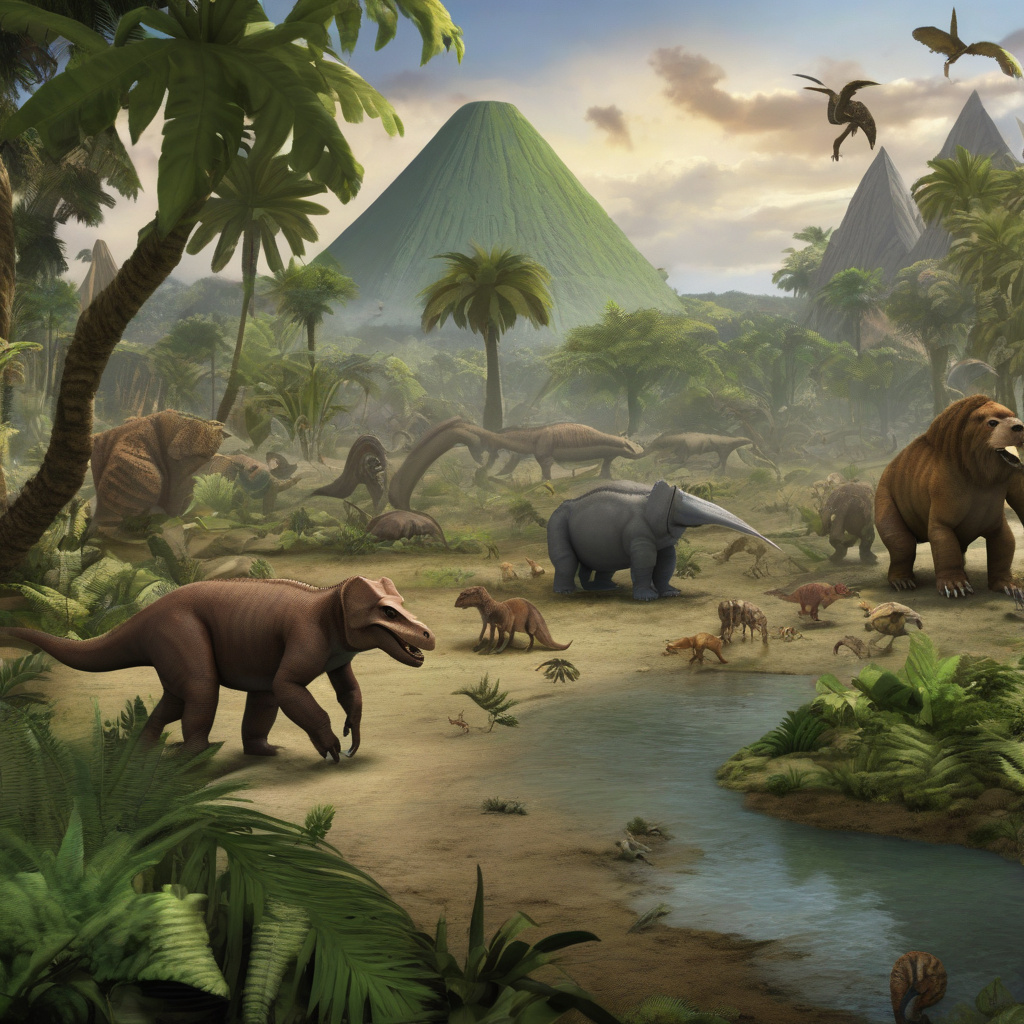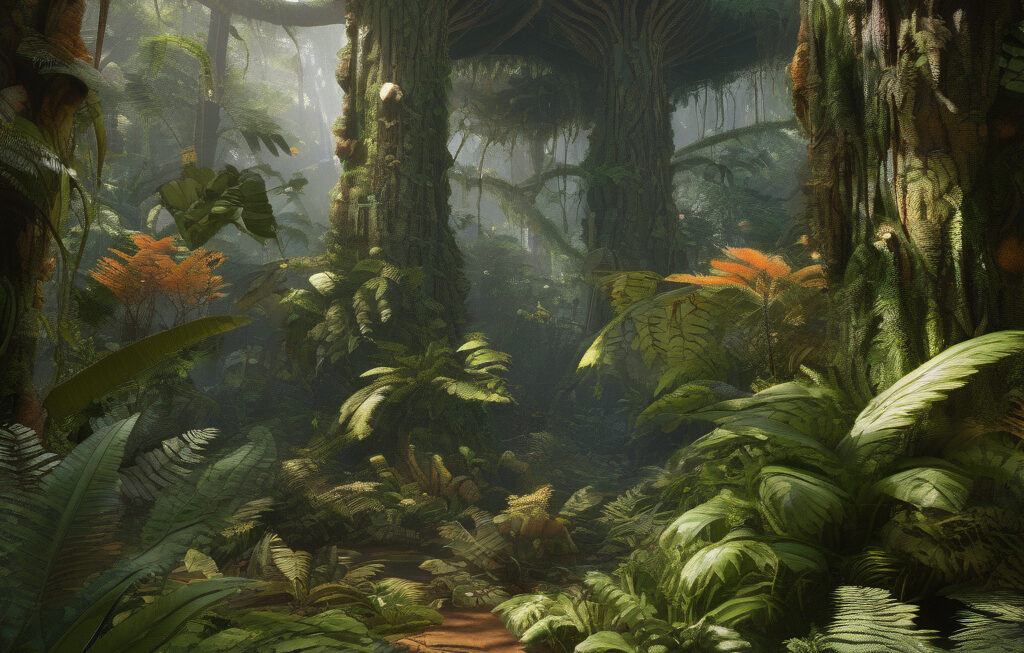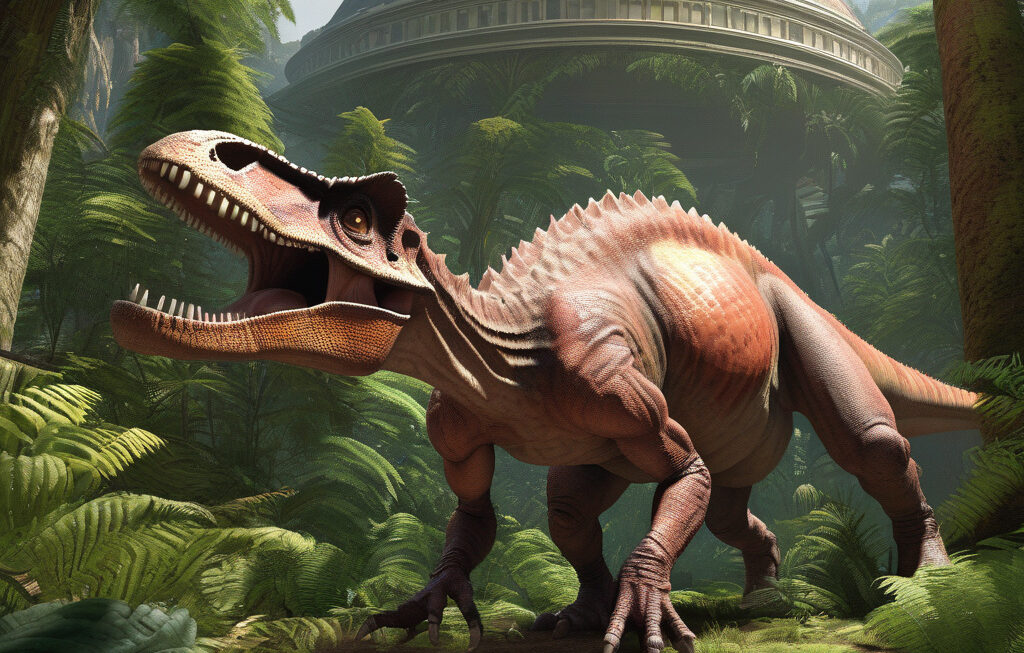Mammals moved to land before dinosaur-killing asteroid struck 66 million years ago
Recent research conducted by the University of Bristol hypothesizes that mammals started to adapt to terrestrial life long before the catastrophic asteroid impact that wiped out the dinosaurs 66 million years ago. This groundbreaking study challenges previous theories that suggested mammals only began to thrive in the aftermath of the mass extinction event. By analyzing the fossil record and utilizing cutting-edge technology, scientists have uncovered compelling evidence to support this new perspective on mammalian evolution.
The prevailing belief was that mammals were primarily nocturnal, small creatures that lived in the shadows of dinosaurs. However, the University of Bristol’s research indicates that mammals had already begun to diversify and occupy different ecological niches on land during the late Cretaceous period. This period, which ended with the asteroid impact, was crucial for the evolution of mammals as they gradually adapted to various environments and diversified in size and behavior.
One of the key findings of the study is the discovery of a new species of mammal, named ‘Durlstotherium newmani’, which provides valuable insights into the transition of mammals to a terrestrial lifestyle. This ancient mammal exhibited a unique combination of dental features that distinguished it from its predecessors and allowed it to thrive in a land-based habitat. The presence of such specialized adaptations suggests that mammals were already on the path to becoming dominant terrestrial animals before the asteroid struck.
Moreover, the researchers used advanced imaging techniques to reconstruct the skull of ‘Durlstotherium newmani’ in unprecedented detail, shedding light on its feeding behavior and ecological role. This level of anatomical analysis has enabled scientists to infer the evolutionary relationships of this species with other mammals and gain a deeper understanding of its place in the ecosystem.
The study’s lead author, Dr. Elsa Panciroli, highlighted the significance of these findings in reshaping our understanding of mammalian evolution. She emphasized that mammals were not merely bystanders in the age of dinosaurs but active participants in shaping their own destiny. By adapting to life on land and exploring new ecological opportunities, mammals paved the way for their future success in the aftermath of the mass extinction event.
The implications of this research extend beyond the realm of paleontology, offering valuable insights into the resilience and adaptability of mammalian species. Understanding how mammals thrived in diverse environments millions of years ago can inform conservation efforts today and help us appreciate the remarkable journey of evolution that has led to the incredible biodiversity we see on Earth.
In conclusion, the University of Bristol’s research challenges conventional wisdom about mammalian evolution and highlights the importance of reevaluating existing theories in light of new evidence. By revealing that mammals were already making significant strides on land prior to the asteroid impact, this study invites us to reconsider our perceptions of these remarkable creatures and their enduring legacy in the story of life on Earth.
evolution, mammals, University of Bristol, terrestrial life, asteroid impact












